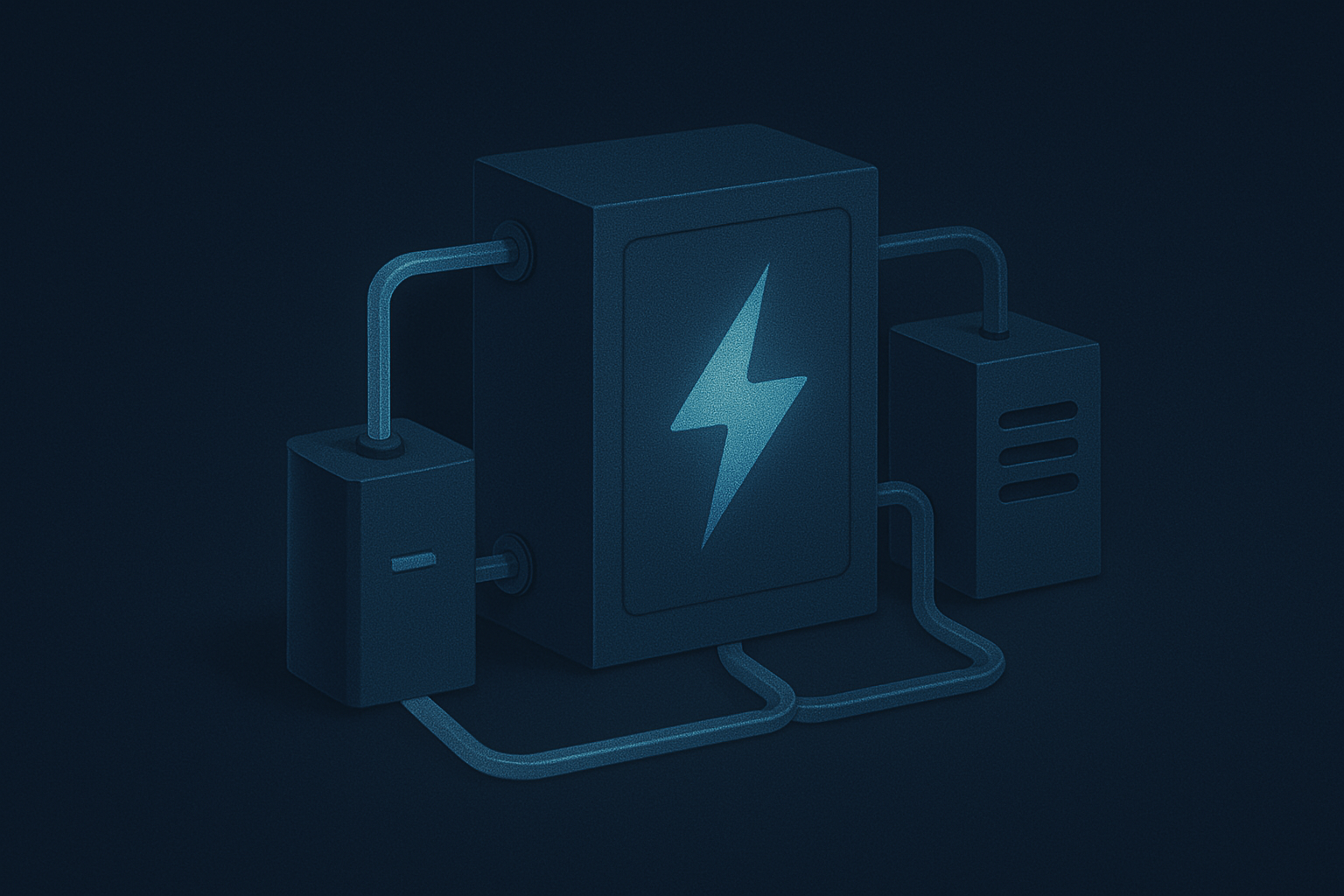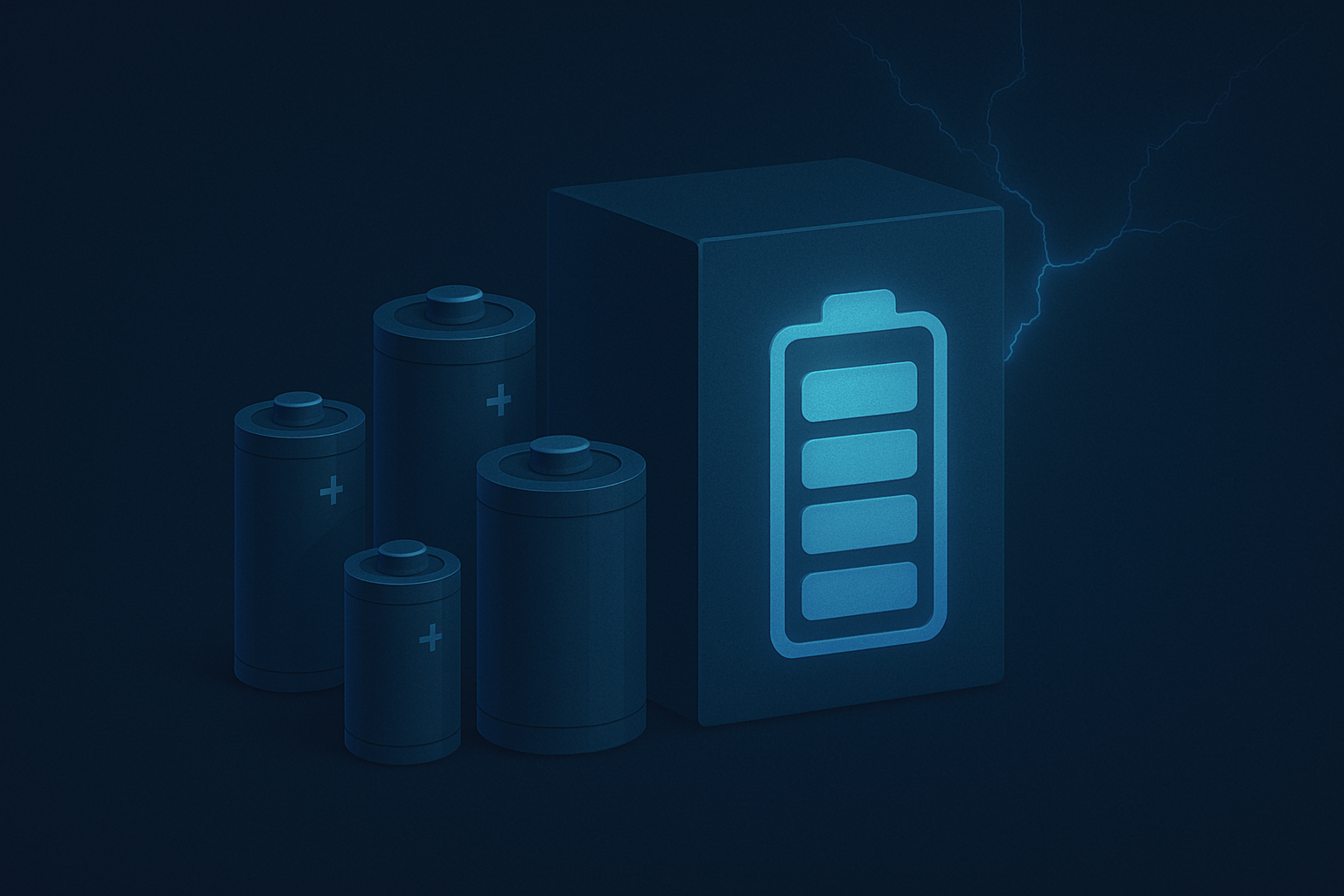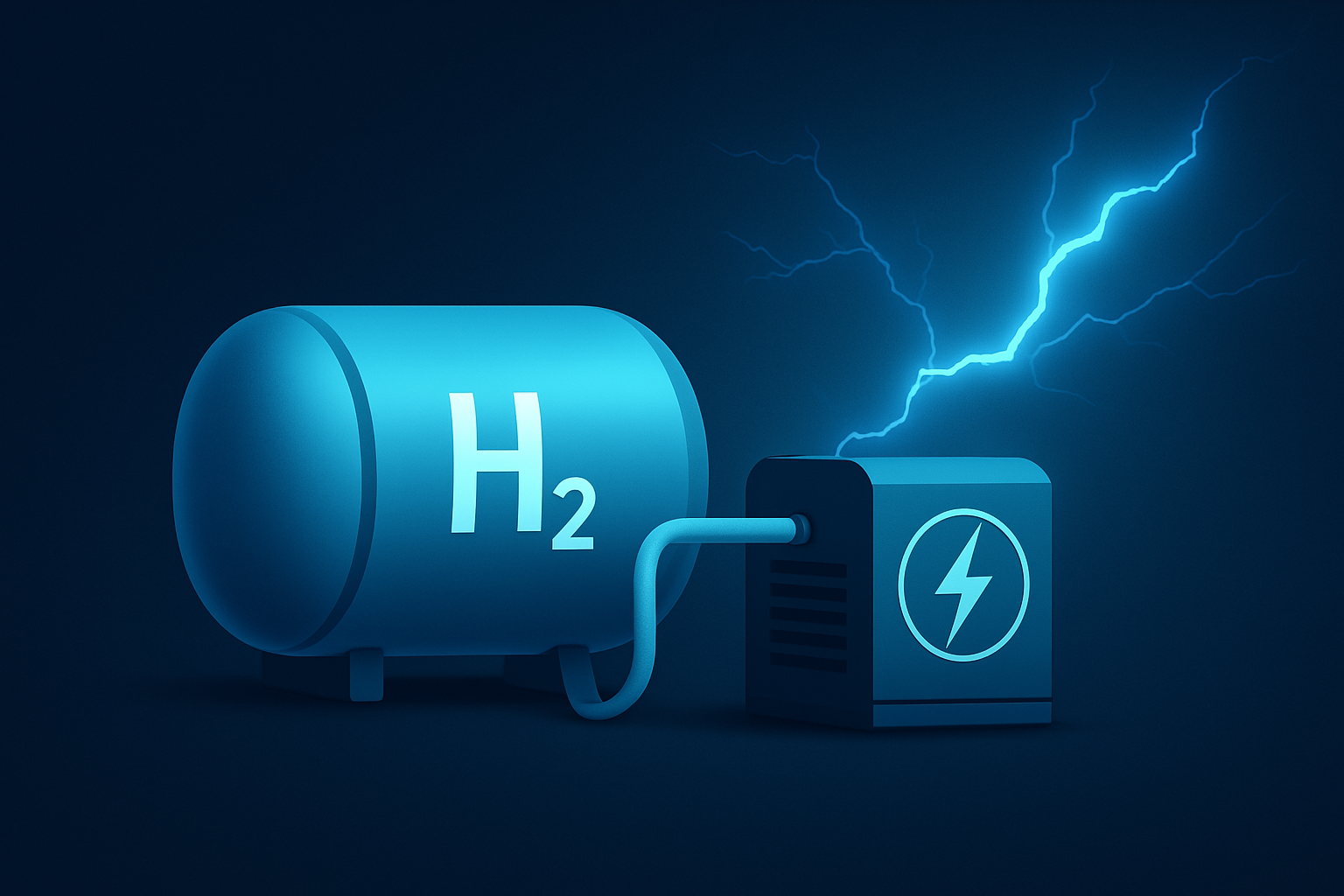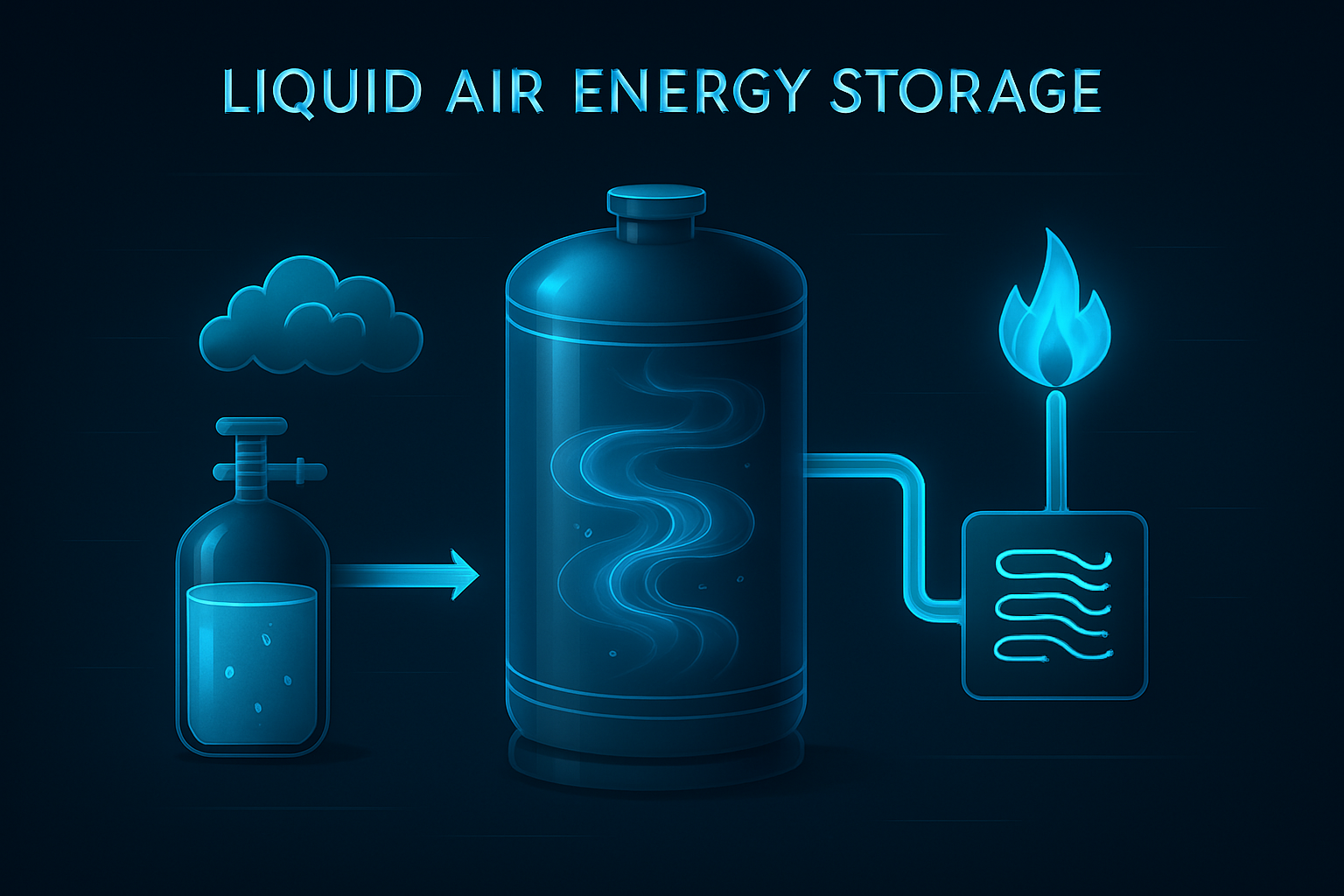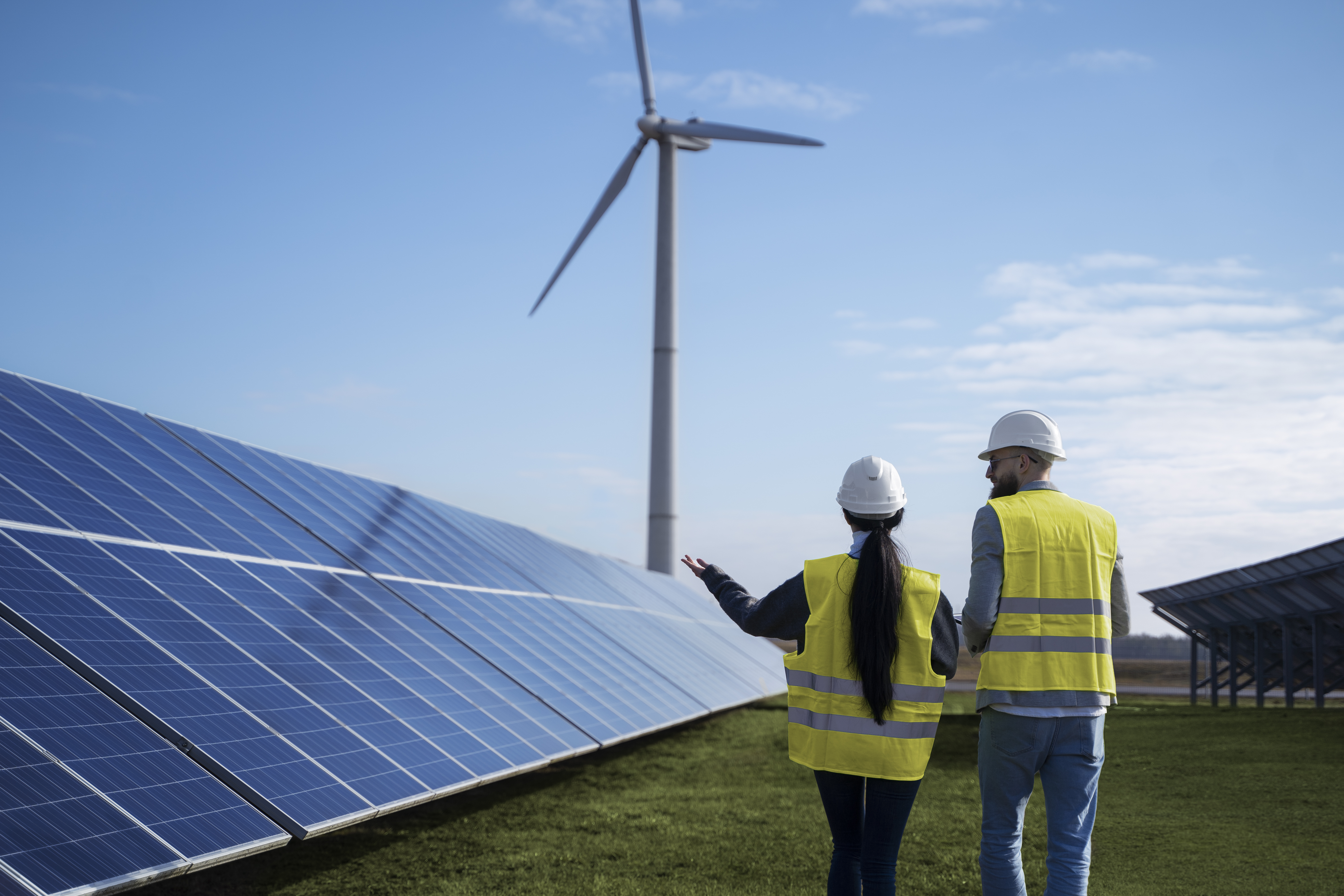
Energy Storage and the Intermittency of Renewables – Why It Matters for Romania and Hungary – Part 2
Grid Stability Challenges in Hungary and Romania: Navigating the Renewable Surge
As Hungary and Romania accelerate their transition to renewable energy, both nations are encountering significant challenges in maintaining grid stability. The rapid integration of solar and wind power has introduced complexities in balancing supply and demand, necessitating substantial investments in infrastructure, storage solutions, and regulatory reforms.
Hungary: Addressing Grid Imbalances Amidst Renewable Growth
By early 2025, Hungary's installed solar photovoltaic (PV) capacity had surpassed 7.5 GW, accounting for approximately 25% of the country's electricity generation—the highest share among EU member states. While this marks a significant achievement in renewable energy adoption, it has also led to grid imbalances, particularly during periods of peak solar production.
To mitigate these challenges, Hungary is investing €150 million into approximately 50 grid-scale energy storage projects, aiming to add 440 MW of storage capacity by April 2026. These projects are expected to enhance the grid's flexibility and resilience, allowing for better integration of intermittent renewable sources. (Central European Times).
Additionally, Hungary's transmission system operator has implemented measures to procure additional reserves, ensuring stability amidst the growing reliance on weather-dependent power plants. (https://www.wolftheiss.com/app/uploads/2024/05/RES-guide-hungary.pdf ) Efforts are also underway to modernize the grid infrastructure and introduce innovative market practices to accommodate the evolving energy landscape. (https://cms.law/en/int/expert-guides/cms-expert-guide-to-renewable-energy/hungary )
To be continued…
News & Events
Read the most recent updates and explore the upcoming events.


